Sempervivum tectorum | Houseleek | Imported
₨3,354.00 Original price was: ₨3,354.00.₨2,574.00Current price is: ₨2,574.00.
Sempervivum tectorum, commonly called house leek (houseleek), is native to the mountains of southern Europe. It is an evergreen, mat-forming succulent that typically forms rosettes (to 4” across) of 50-60 thick glabrous leaves (to 1.5-3” long) that are sometimes purple-tipped. Rosette foliage typically grows to 4” tall.
Out of stock
Noteworthy Characteristics
The mother rosette (hen) spreads in all directions by horizontal stems to form offsets (chicks). In summer, leafy, pubescent, upright flowering stalks rise from the hen to as much as 12” tall topped with cymes of red-purple flowers. After the hen flowers, it sets seed and dies leaving the chicks to fill in the space and spread, hence the sometimes used common name of hens and chicks for this plant. Plants are primarily grown in gardens for their attractive and unusual foliage. In Europe, sempervivum was once planted on roofs of houses for a number of reasons, including warding off lightning/fire, holding slates in place or providing emergency salad food (edible leaves as roof leeks) in winter.
Genus name comes from the Latin words semper meaning always and vivus meaning alive or living.
Specific epithet comes from the Latin word tectum meaning roof.
Problems
No serious insect or disease problems. Rust, leaf/stem rot and root rot.
Garden Uses
Rock garden, border front, rock crevices, along stone walls, small area ground cover, edging or foundations. Containers. Best when planted in groups or massed as a ground cover.
Source:
http://www.missouribotanicalgarden.org/
Be the first to review “Sempervivum tectorum | Houseleek | Imported” Cancel reply
You must be logged in to post a comment.
Only logged in customers who have purchased this product may write a review.
See some of our delivered orders by Clicking here
Applicable on Plants Only: As plants are diverse in appearance, the image is for reference. The plant delivered may vary in size. Price is according to the plant size delivered.
"For Plants Only " All our plants come in living room ready condition in a high quality plastic pot. See The PotRelated products
Uncategorized
Outdoor Plants
Palm Trees
Hanging Planters
Uncategorized
Uncategorized
Uncategorized
Succulent

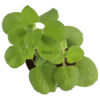
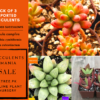
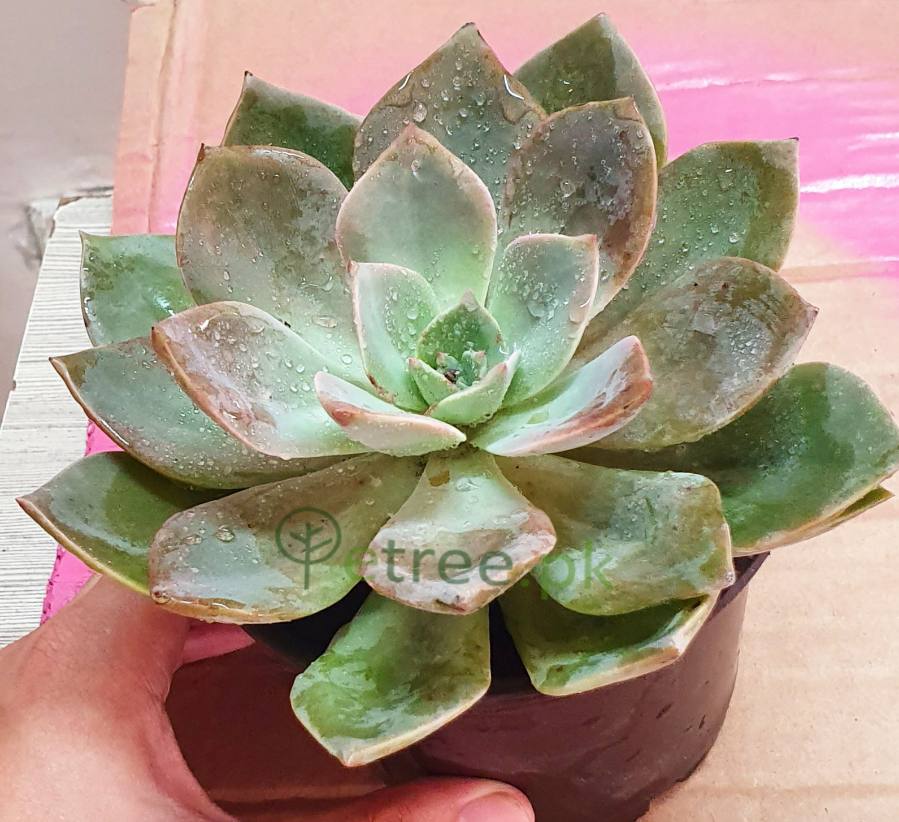
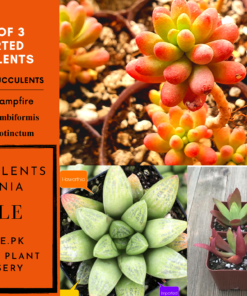

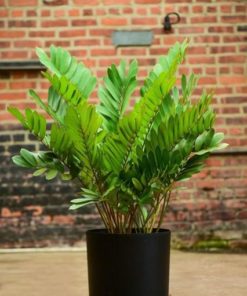

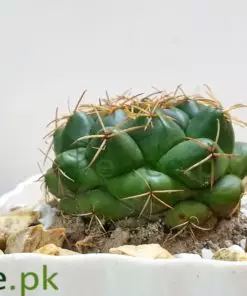
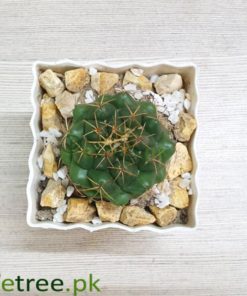
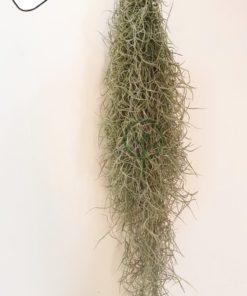
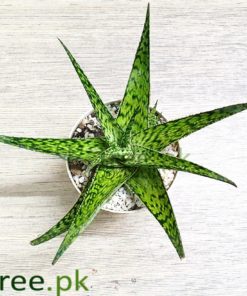
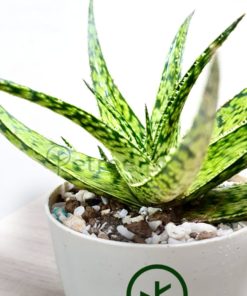
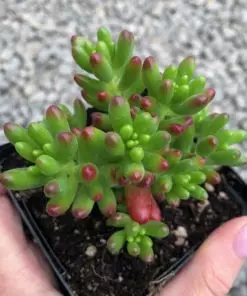
Reviews
There are no reviews yet.